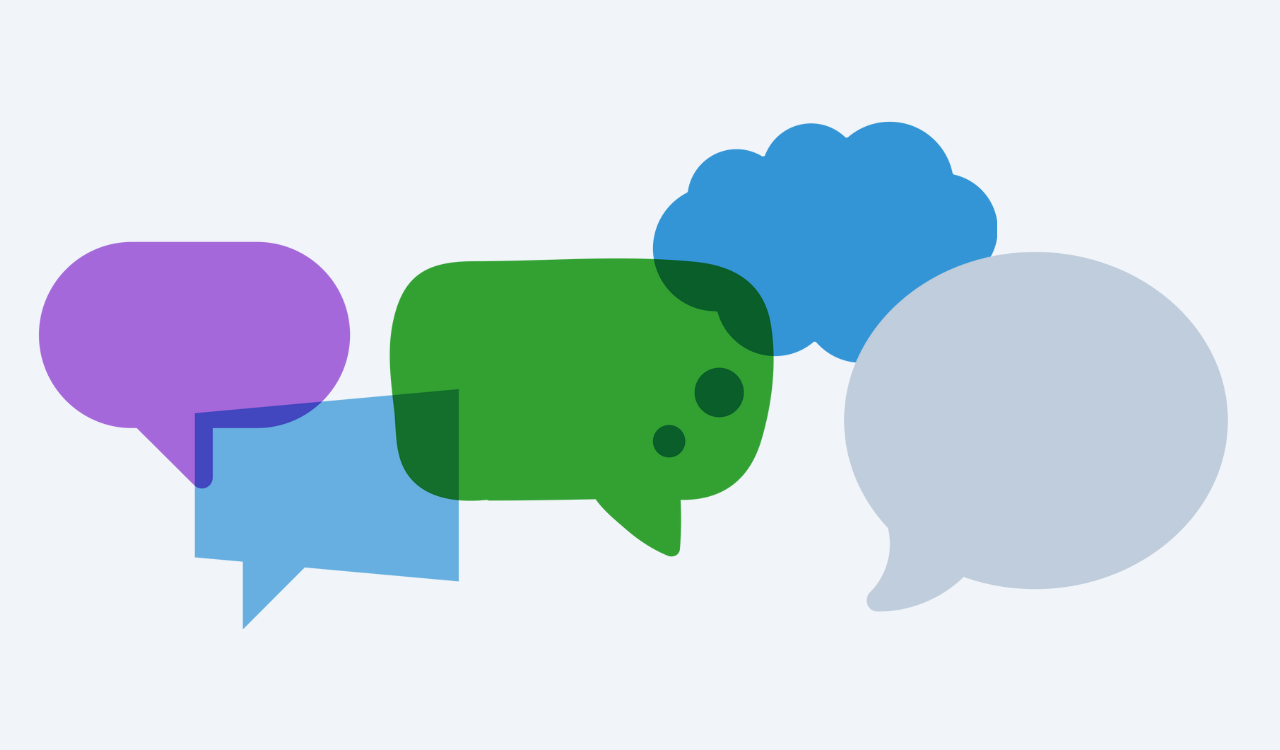Expanding emotional fluency and creativity

It’s a new year, and as we put our heads together to predict the workforce trends that will shape the industry moving forward, we must consider that
The change in working models has led many executives to be concerned about productivity losses. On the other hand, it has made employees happier at work. According to a survey conducted last year, Americans spent 60 million less hours commuting to work each day – giving them more time to prioritize their well-being.
The added benefits of working from home far surpass any negative sentiments. As leaders work on building the proverbial bridge to include a positive remote work environment and company culture while investing in their people — and as they focus on growth and productivity for 2023 — I’d like to discuss the tools needed to successfully complete such construction.
Let’s dive in.
Step 1: Support emotional fluency in the workplace
Cultivating personal connections is critical for success in the modern workplace. The authors of the Wall Street Journal best-selling book No Hard Feelings, Liz Fosslien and Mollie West Duffy, say that humans are inherently emotional, and those who embrace this at work may be better at what they do—given that the human brain responds positively to people when they feel a personal connection to them.
In order to build an ecosystem of positivity, authenticity, and trust, leaders must support the practice of emotional fluency on a daily basis. People that hold this skill have the ability to recognize and make use of emotions beneficially and effectively; it helps them expand relationships with coworkers, direct reports, and even clients.
Some of our Poll Everywhere customers have recently been sharing on Twitter how they’re highly focused on nurturing relationships at work and the role Poll Everywhere has in helping them achieve those goals. For example, Next Level Coaching (@NextLevelEmily) shared that asking everyone during a meeting to share a story about their first or worst job can be a fun way to interact and build a closer-knit team.
Step 2: Drive impact to creativity and culture through trust and technology
Flexibility is the motor that powers work-life balance today, but in order to instill flexibility, we must begin with trust. It may not be a surprise that trust is the key to a healthy relationship between executive leadership, managers, and the distributed workforce. But with the rise of remote and hybrid work came something called “productivity paranoia.”
According to a 2022 Microsoft survey, 85% of leaders feel that hybrid work has made it harder to be confident in their employees’ productivity. This concern is tied to low trust and has led many to act prematurely on adopting tracking software to monitor productivity. But rather than relying on employee tracking, organizations should foster trust and open communication to create a positive work culture.
My main piece of advice is to promote imagination and curiosity in the workplace. This allows for exploration and connection and begins with expanding emotional fluency. In addition, leveraging fun activities like a Myers-Briggs questionnaire, fostering healthy competitions, and using the connection builder in Poll Everywhere can all help. (see here for more team-building activities)
Promoting a growth mindset in 2023 & beyond
By building an atmosphere of trust, flexibility, and emotional fluency, leaders can foster a healthy, productive, and positive workplace environment. As I mentioned, mental and physical health priorities will remain at the forefront of employee success – it’s up to leaders to ensure their initiatives match the rules of the game.
Check out our blog for more ideas and tips on how to foster a strong company culture ready to withstand the shifting norms of the workplace.